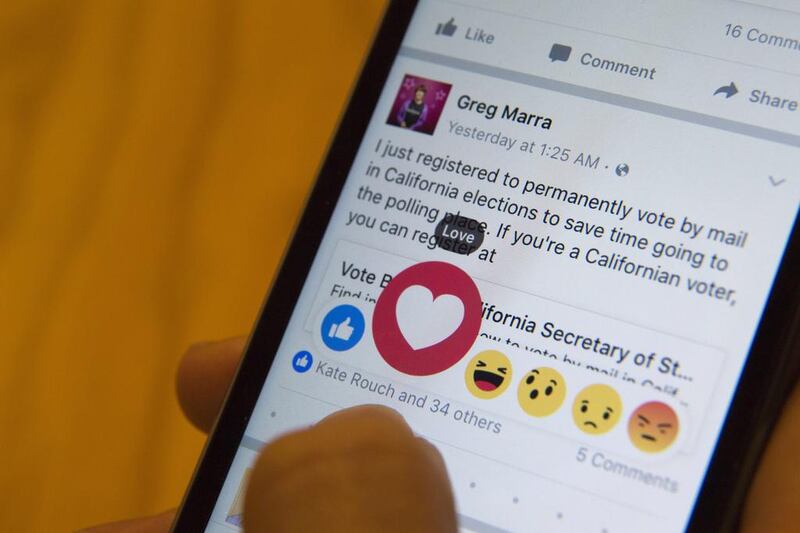When it comes to emojis, the future is very, very ... Face with Tears of Joy. Face with Tears of Joy, by the way, is a bright yellow happy face sporting a toothy grin as tears fall.
It was chosen by Oxford Dictionaries as its 2015 "word" of the year, based on its popularity and reflecting the rise of emojis to help charitable causes, promote businesses and generally assist us in further expressing ourselves on social media and in texts.
The Beyhive knows. The collective fan base of Beyoncé recently spammed Amber Rose with bumblebee emojis when they sensed a diss of their queen. The American fast-food chain Taco Bell also knows. Emoji overseers approved a taco character last year after a year-long campaign to get one up and running, rewarding users of said taco on Twitter with gifts of free photos, GIFs and other virtual playthings to celebrate.
Here’s a look at the past, present and future of emojis.
The origin
In tech lore, the great emoji explosion has a grandfather in Japan – Shigetaka Kurita. He was inspired in the 1990s by manga and kanji, when he and others on a team working to develop what is considered the first widespread mobile internet platform came up with rudimentary characters. They were working for a decade before Apple developed emojis for the first iPhones.
While everybody from Coca-Cola to the Kitten Bowl have come up with pictographs to whip up interest, emojis exist mainly to nuance the words regular folk type, standing in for tone of voice, facial expressions and physical gestures.
The overseers
When Kurita was creating some of the first emojis, chaos already had ensued in trying to make all the pagers, mobile phones and email speak to each other. Enter the Unicode Consortium, on the coding end. It’s a non-profit organisation working with the International Organization for Standardization, an independent NGO that helps develop specifications for all sorts of things, including emojis, on a global scale.
Unicode, headed by Mark Davis in Zurich, has a mission, in which emojis have a place: making sure all languages are encoded and supported across platforms.
The key word here is voluntary. Davis has a job at Google, but he has dedicated himself to the task above. He also co-chairs the consortium’s emoji subcommittee, a cog in a vetting process for new emojis that can take up to two years before new ones are put into the Unicode Standard for the likes of Apple, Google, and Facebook to do with what they wish.
At the moment, Unicode has released 1,624 emojis, with more options when you factor in modifiers for such things as skin tone. The emoji subcommittee fields about 100 proposals for new emojis a year. Not all make it through.
“We don’t encode emojis for movie or fictional people, or for deities. And we’re not going to give you a Donald Trump,” Davis said.
Gender, he said, is among the next frontiers. A female runner, for instance, will be voted on in May as critics have questioned a male-female divide. The consortium is trying to come up with a way to customise emoji for gender, hair and other features. “I am looking forward to a face-palm emoji,” Davis joked.
The way forward
Tayfun Karadeniz is the founder and head of EmojiXpress, a third-party app for iOS that supplies users with every emoji available in the Unicode Standard. He’s also a new voting member of the Unicode Consortium.
Of about 50 million downloads of his app over the last three years, 80 per cent users are female.
Are emojis just about the fun? Are we, in the grand scheme, dependent on emojis in some profound way? “I wouldn’t say our society would break down if we didn’t have them, but you could also ask why do we need art, why do we need TV shows?” he says.
Akash Nigam, the 23-year-old co-founder and chief executive of Blend, a group-messaging app focused on Millennials and GenZers, thinks emoji use among those age groups has a slightly more urgent element. “They’re integral to their daily lives. With this audience, it’s like the punchline. Whoever uses the most unique emojis alongside a witty text gets the most kudos … I mean, yeah, you could paint a picture or write an essay, but it doesn’t feel the same.”
artslife@thenational.ae





